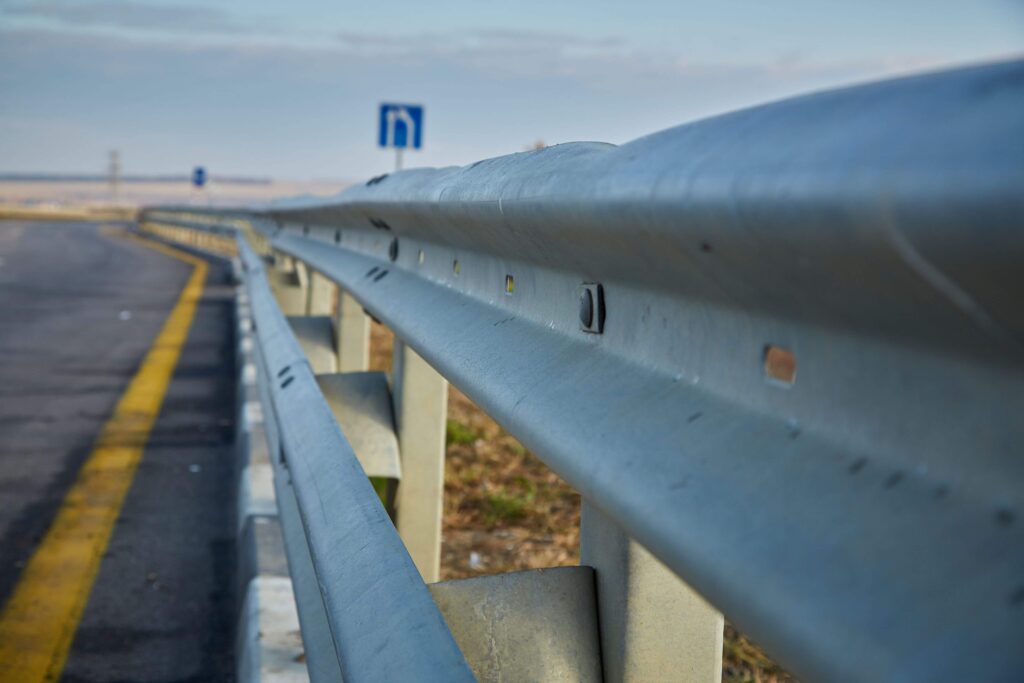Recent motor vehicle collisions have raised questions about the effectiveness of guardrails in preventing accidents. Ideally, a highway guardrail should protect a driver from hitting roadside obstacles or going over an embankment or cliff. For example, if a motorist falls asleep at the wheel, the presence of a guardrail may prevent them from driving off the road or into another vehicle. Or, if an accident is in progress, the traffic barrier could keep the colliding vehicles from crossing the median of a divided highway.
But guardrails have proven ineffective in certain situations, and there are various factors, including vehicle size and speed, that can affect a barrier’s performance. In fact, there have been multiple reports of vehicles being impaled by end terminals and guardrail heads upon impact.
A History Of Corporate Negligence
Telescoping guardrails are designed to absorb impact and slow or stop a moving vehicle. However, design and manufacturing defects – in other words, blatant corporate negligence – have led to an increase in guardrail-related fatalities and injuries. One company, Trinity Industries, covertly reduced the steel in their ET-Plus guardrails, which resulted in several violent roadway deaths. After completing a whistleblower investigation, the U.S. Justice Department accused Trinity Industries of misleading and defrauding the Federal Highway Administration. The negligent company was ordered to pay the government $663 million, and the ET-Plus model was removed from U.S. highways.
Unfortunately, the guardrail industry is a competitive market with alarmingly little oversight, and several companies are rushing to fill the vacuum left by Trinity Industries. Lindsay Transportation Solutions, for example, is currently facing intense legal scrutiny for its X-LITE guardrails. This allegedly defective end terminal model has been tied to at least 11 fatalities in the United States. Shockingly, documentation submitted to the Federal Highway Administration indicates that the company handpicked specific test results to obtain federal approval.
Establishing Liability After A Collision
Personal injury law is based on the concept of “negligence.” The survivor of a guardrail accident may be able to pursue damages based on general negligence, premises liability, and/or defective product liability. To establish negligence, your legal team needs to prove that the defendant owed you a duty of care, and then breached that duty in a way that resulted in your injuries.
A plaintiff may have grounds to file a personal injury claim, a product liability claim, or a wrongful death claim against the following parties:
- Local, state, or federal government
- Guardrail manufacturing company
- Guardrail designer
- Construction company (that installed the guardrail)
- Guardrail distributor
- Third-party employee or driver
Of course, manufacturing companies and roadway contractors habitually try to shield themselves from civil litigation. For this reason, it’s critical that you retain qualified legal representation before filing a claim or negotiating with insurers.
SoCal Family Files Claim Against Lindsay Transportation Solutions
A family in San Diego has filed a complaint against Lindsay Transportation Solutions, the manufacturer of the X-Lite guardrail, for a traffic fatality that occurred last February. The plaintiff’s son, Gonzalo Martinez, was driving with his brother to a surprise birthday party when he crashed into a guardrail on Interstate 8. He was driving five miles over the speed limit and crashed through 60-feet of guardrail posts before finally coming to a stop. Sadly, Martinez died instantly from blunt force trauma injuries to the head.
According to NBC 7 Investigations, at least nine other people have died in crashes involving the X-Lite guardrail, despite the model passing federal evaluations; consequently, “states including California have started proactively replacing X-Lite end terminals. Earlier this year, Caltrans announced it would replace all 804 X-Lite systems installed on highways and freeways.”
Do You Require Legal Representation After A Guardrail Accident?
Contact the personal injury attorneys at Biren Law Group if you require legal representation after a guardrail-related collision. Our aggressive and client-driven litigators have over 40 years of legal experience and a track record of multi-million-dollar settlements and verdicts. We can help you pursue justice and compensation by investigating the incident, identifying the negligent parties, and strategically litigating on your behalf in court.
Contact Biren Law Group at (310) 774-0078 to arrange a no-risk consultation today.

